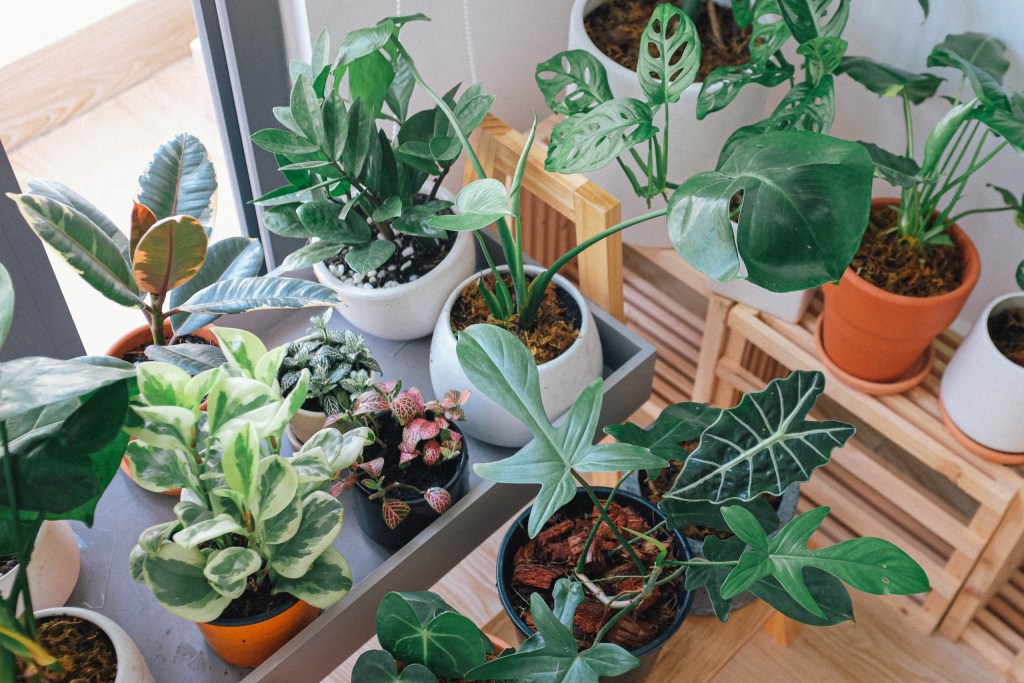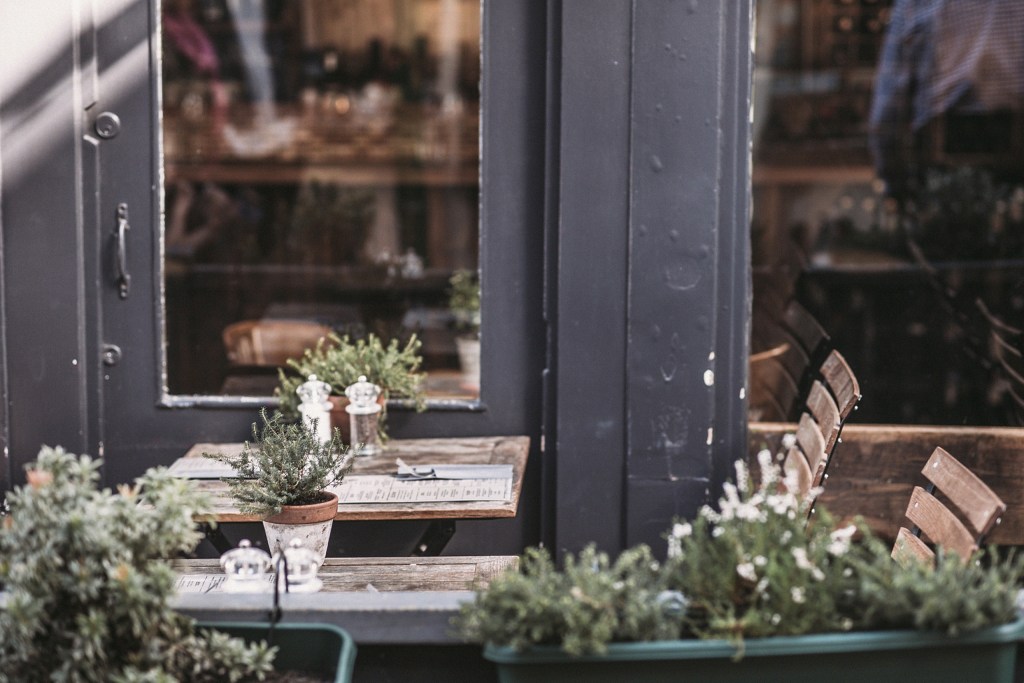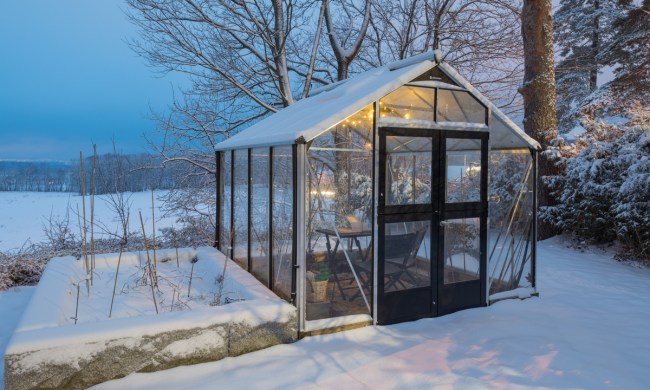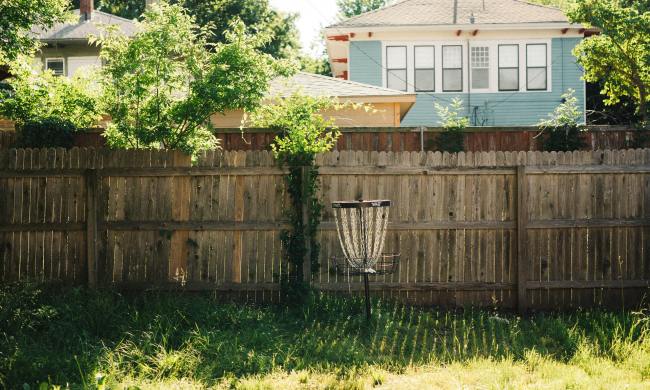When many people think of gardening, the first thing that comes to mind is a plot of land filled with flowers, vegetables, or fruit. However, not everyone lives in an area where land is available for cultivation. Some don’t even have a front or back yard.
In circumstances like these, those who still want to grow their own produce, flowers, or ornamental plants have the option to begin a patio garden. By getting a bit creative with vegetable patio planters and modern pots with reservoirs that are self-watering, you can grow almost whatever you like right on your doorstep.
There are all kinds of ways of building out a patio garden. From using containers and raised beds to ingenious planters, you can plant, water, and grow a fantastic variety of greenery. If you’ve wondered how to start a patio garden, we’ve got you covered.

Choose your location
Even if you’re dealing with precious little space, you still need to think about things such as the location of your patio garden. Will it get enough sunlight? Keep in mind that most plants need six to eight hours of sunlight per day. That’s especially true for some vegetables like peppers and tomatoes. Of course, some veggies don’t require quite as much sun, but you should choose your garden location assuming your plants need the maximum amount of light possible.
Think about how your plants are going to get water, too. Suppose your patio garden is actually your balcony. Are you going to have to lug a huge pitcher of water up the stairs? What are your watering options? Remember that even if you’ve gotten yourself a self-watering planter, you’re still going to have to water your plants regularly. That’s especially true once it starts getting really hot outside.
Pay attention to your soil
The soil you use in your containers matters. Since you’ll be using pots and planters, you’ll also need soil that drains well. That means you need soil that’s a planting mix, which retains moisture and releases it as your plants need it. Choose a mix that’s designed specifically for planters. Some brands include a combination of vermiculite, sphagnum peat, and perlite, which keeps moisture in without becoming heavy or clumping. You should also invest in a granular fertilizer that mixes well with the soil you’ve chosen. As your plants begin shooting up, supplement that fertilizer with routine liquid fertilizer applications.
Choose your plants
What do you enjoy eating? What plants bring you joy when you look at them? How big are your containers? For that matter, how big is your patio? All are things you should consider when choosing which plants to grow on your patio garden.
You also need to choose plants that match the scale of your containers. Remember that some plants tend to live large and take life by storm. Just consider the tomato plant. As it grows, it can easily overflow its container and take up a lot of space. (There are varieties suited to patios, but you need to look for them specifically.) Sometimes you can plant more than one, and of a different type, in the same planter. If you do, make sure they have different heights, colors, and textures. Doing so will provide exciting visuals.
Remember that some plants will mature and die back as the growing season goes on. To keep your planters full of healthy plants, plant seeds that will begin to emerge as others die back. In other words, plan for succession crops. (Using succession crops is a great strategy, which you should research more as you have time.)
What kind of patio garden is right for you?
Some people pick the plants they want and then somewhat haphazardly scatter the pots and planters around their patios wherever space is available. However, it’s recommended that you dedicate an area that’s just for your garden. There’s nothing wrong with a little organization.
You need to consider your own physical needs, too. Some people think they’re more like “real” gardeners if they keep their plants on the patio floor next to the ground. Getting down and “in the garden” makes them feel like they’re really developing a green thumb. However, for those who don’t feel like bending over or working on their hands and knees, an option that’s just as viable is to create a standing garden. To do that, you simply need to place your potted plants on raised surfaces, such as tables or benches dedicated to that purpose.

Start planning your garden’s layout
You’ve got the patio. Now all you need to do is plan the layout for the garden you intend to grow there. Think of how thrilling it will be when you have many thriving, beautiful plants to add a touch of nature to your environment.
Remember that starting a patio garden doesn’t have to be a difficult proposition. Just ensure that you plan and prepare properly. Enjoy yourself, and don’t stress over the process. It’s a given that you might mess a few things up as you go along, but that’s called learning. Continue on, and in no time your neighbors will be asking to try the fruits of your labor!


